The Admiral has been a long standing model in the Longines range and is still in production today, this one is from 1967.
(Click pictures to enlarge)
Turning the watch over reveals a completely smooth caseback and no obvious method of gaining access to the movement – the only clue is the text “Remove bezel – to use 1260 wrench”.
This watch has a one-piece case (or monocoque) case, and as the name suggests, it is machined from a single piece of metal. One-piece cases are used in an effort to improve water resistance – no caseback means there’s one less gasket to fail.
As there is no case back, the watch must be removed from the case through the front, and when tackling these cases there are two considerations; 1. How is the crystal removed? and 2. How is the crown/stem released?
In the majority of one-piece cases an acrylic ‘tension ring’ crystal is used, and that’s the case with this Longines. Removing tension ring crystals can be tricky at the best of times, and very difficult without the right tools. I don’t have the Longines 1260 wrench mentioned on the back of this case, but in the war against one-piece cases, there are many weapons…
1. A crystal claw: The claw is opened until the teeth fit around the crystal (inset left). The knurled handle is then screwed down, tightening the teeth around the crystal and compressing it from all directions until it is smaller than the inner diameter of the case. The crystal can then be lifted out.
2. A crystal wrench: The aluminium ring in the centre of the wrench is interchangeable and a number are supplied in step sizes of 0.5mm. The ring is selected that just fits over the crystal (inset centre), and the basic principle is the same as the claw; the wrench is squeezed, the crystal is compressed, and can then be lifted out.
3. Bergeon case pump: In cases where the crystal sits low in the case and there isn’t enough profile showing to grip with the claw or wrench, a case pump comes to the rescue. The pump is supplied with a number of interchangeable nozzles and with the crown and stem removed, the nozzle is selected that fits snugly over the case tube (inset right). The pump is then held tight against the case and compressed, building up internal pressure inside the case until – pop! – the crystal blows out.
Once the crystal has been removed, it’s on to the crown and stem. Watches with one-piece cases are usually fitted with a two-piece (or split) stem.
Before the watch can be released from the case, the stem has to be separated. However, it is always worth checking before pulling out the crown as some watches are fitted with a regular one-piece stem and have a release lever that is accessed once the crystal has been removed. (I’ve even had some models which had neither a split stem or a release lever, just a regular stem and crown – getting those watches out of the case was a real headache!)
With the crown/stem and crystal removed, the movement can finally be revealed – a very nice Longines cal. 503.
This watch arrived with no sign of life at all from the movement, but the cause of the problem was immediately obvious. One of the dial securing screws had worked loose and was jammed in the teeth of the mainspring barrel.
As the watch had spent many years unused, the oils had completely dried out, so the movement was given a full service. After that I cleaned the dial and case, re-lumed the hands, and polished the crystal before re-assembling the watch.
Rich.
** Many thanks to Oscar Zuniga for letting me feature his watch on the blog. **

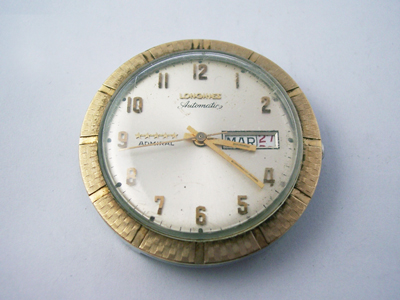
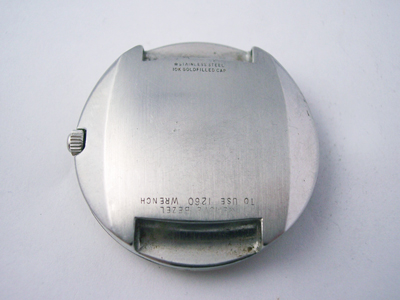
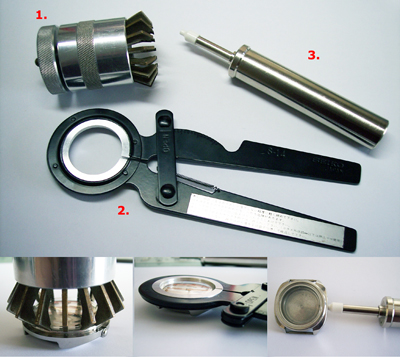
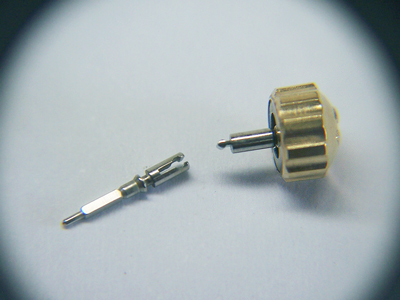
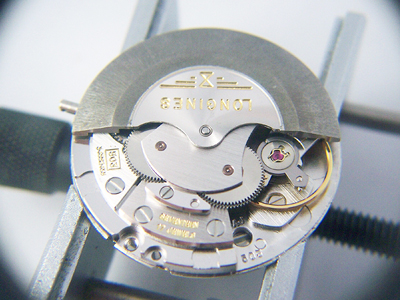
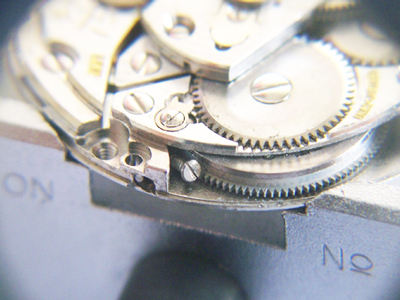
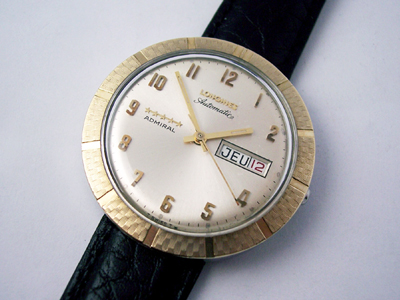
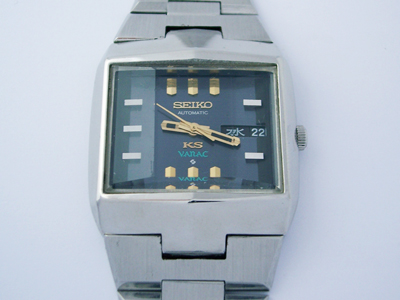
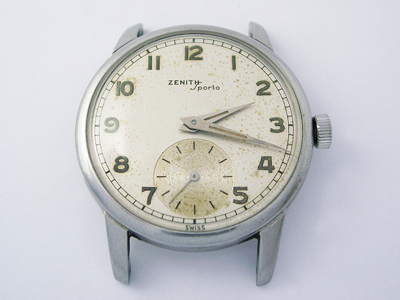
Interesting one Rich, nice to hear about how to open the different monocoque cases. I recall several older Seiko models with a similar setup.
Harry